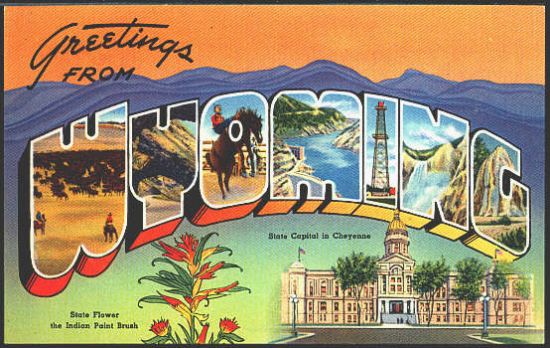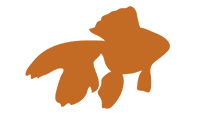
For my honors thesis project for UW I am taking a graduate school class with visiting eminent writer Rebecca Solnit and UW professor Alyson Hagy. For this class, my peers and I are going to create an Atlas of Laramie, Wyoming that detail things besides just the intersections and highways based on the Rebecca’s recent work Infinite City an atlas of San Fransico.
I have decided to record my progress on this project on my blog for several reasons.
- I think it will help me organize my thoughts and research.
- It will motivate me to try to think about thinking about organizing any thoughts that are supposed to have come by now and to research things that I should be doing but have been avoiding since it’s been so cold (-45 degrees with windchill this, if you hadn’t heard).
- I like blogging.
- I feel really confused about this project and that I have no idea what I want to do so I hope if I just look at stuff I post I’ll see a trend.
- I’m suffering a pretty severe case of senioritis.
Where I am right now:
I don’t want to talk about or show something that everyone already knows or thinks they know about Laramie. I am interested in how Laramie has been branded and how Laramie does and does not fit the way it’s been marketed. Laramie is not like other cities in Wyoming because we have the state’s only university here. Though many of the students will groan at the idea—Laramie has a special and vibrate culture.
Think about it: Roughly every 4-6 years a large part of the population is cycled through. The only constant in this is that the population is generally young 20-somethings bringing with them interests and conventions of their generation. In order to keep students happy, UW then brings in many cultural performances that Wyoming wouldn’t otherwise have. I mean, how likely is it that another place in Wyoming would have a delicious vegetarian restaurant like Sweet Melissa’s?
The short of it is that I would like to discuss some ways that Laramie subverts our expectations of the American West.
Next Time I’ll talk about my first map.
